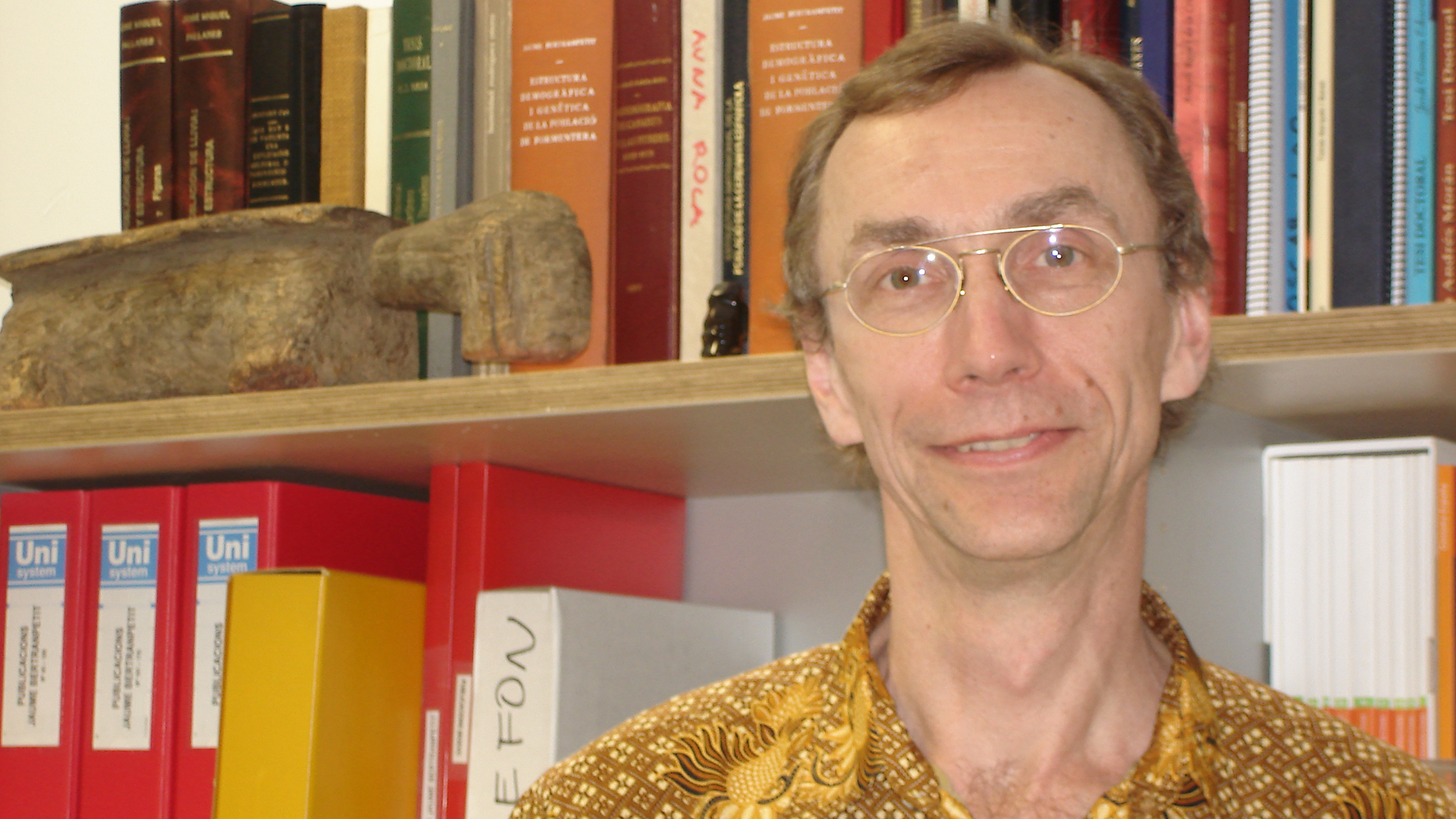Known as one of the founders of paleogenetics, Svante Pääbo, a Sweedish 53-year old biologist, was named by the TIME Magazine one of the 100 most influential people of the year in 2007. He is the director of the Department of Genetics at the Max Planck Institute for Evolutionary Anthropology in Leipzig, Germany, and in his visit to the Barcelona Biomedical Research Park (PRBB) he talked to us about the Neanderthals genome project.
What is exactly paleogenetics?
It’s the study of DNA extracted from organism that have been dead for some time.
And why should we care about studying extinct organisms?
Well, the vast majority of all organisms that have ever existed are dead today. To study the DNA of these extinct species helps us to catch evolution red-handed, to see what really happened over time instead of just inferring it.
“The vast majority of all organisms that have ever existed are dead today”
We are talking about really old remains; do they still contain DNA?
Recent specimens, say 50 years old, will have DNA. But with very old samples, it depends on many things, such as where they were found and in which conditions. It could be that only 1 in 50 contains DNA.
You are in the process of reconstructing the entire genome of Neanderthals. How are you doing it?
First we had to find specimens that had a reasonable amount of Neanderthal DNA. Also, it should not be contaminated with bacterial or modern human DNA. We analysed 70 remains of the about 300 Neanderthal individuals that have been found, and identified only three that we could study – one in Croatia, one in Spain (in Asturias), and one in Germany.
What are the main difficulties in analysing ancient DNA?
The first one is DNA damage. But we now know what particular type of DNA damage occurs in these samples, so after doing several rounds of sequencing we can detect whether the sequence we see is real or is damaged.
The second one is the contamination by other types of DNA, bacterial or human. We have several assays to test this, for example by checking whether there’s DNA from only one or from two different X chromosomes. We are sequencing a male specimen so it should have only one X chromosome.
When will the project be finished and what have you learned so far?
The sequence was finished by the end of 2008 and we have a first draft of the genome, but now we need another 6 months or so to analyse it. So far the studies have shown that Neanderthals did not contribute to modern genetic diversity, which means that despite the fact that they co-habited in Europe, Neanderthals and humans probably did not interbreed.
Did humans and Neanderthals talk to each other?
Well, there’s an interesting story about the FOXP2 gene, which is important for speaking. This gene is very conserved and there are only two amino acid differences between chimps and humans. We decided to check it in Neanderthals, and they have the ‘human version’! So there’s no reason to think that Neanderthals and humans could not communicate. Of course, there are many things related to language that we don’t know, so the mystery is still unsolved.
“There’s no reason to think that Neanderthals and humans could not communicate”
What about the differences between humans and chimps?
We were surprised to see that chimps or gorilla populations show much more variation than the human ones. If you take 2 random humans and compare them to 2 random chimps, the humans have 2 or 3 times less variation between them than the chimps, despite the fact that there are about 7 billion humans and only about 100,000 chimps in the world. That shows that we humans come from a rather small population that expanded very recently. We could say we are all Africans – either living in Africa, or in recent exile.
What’s your goal for the next years?
We need to sequence the same samples about 12 more times, so we have a more reliable sequence. This will take still a few more years. Then, we shall see!







